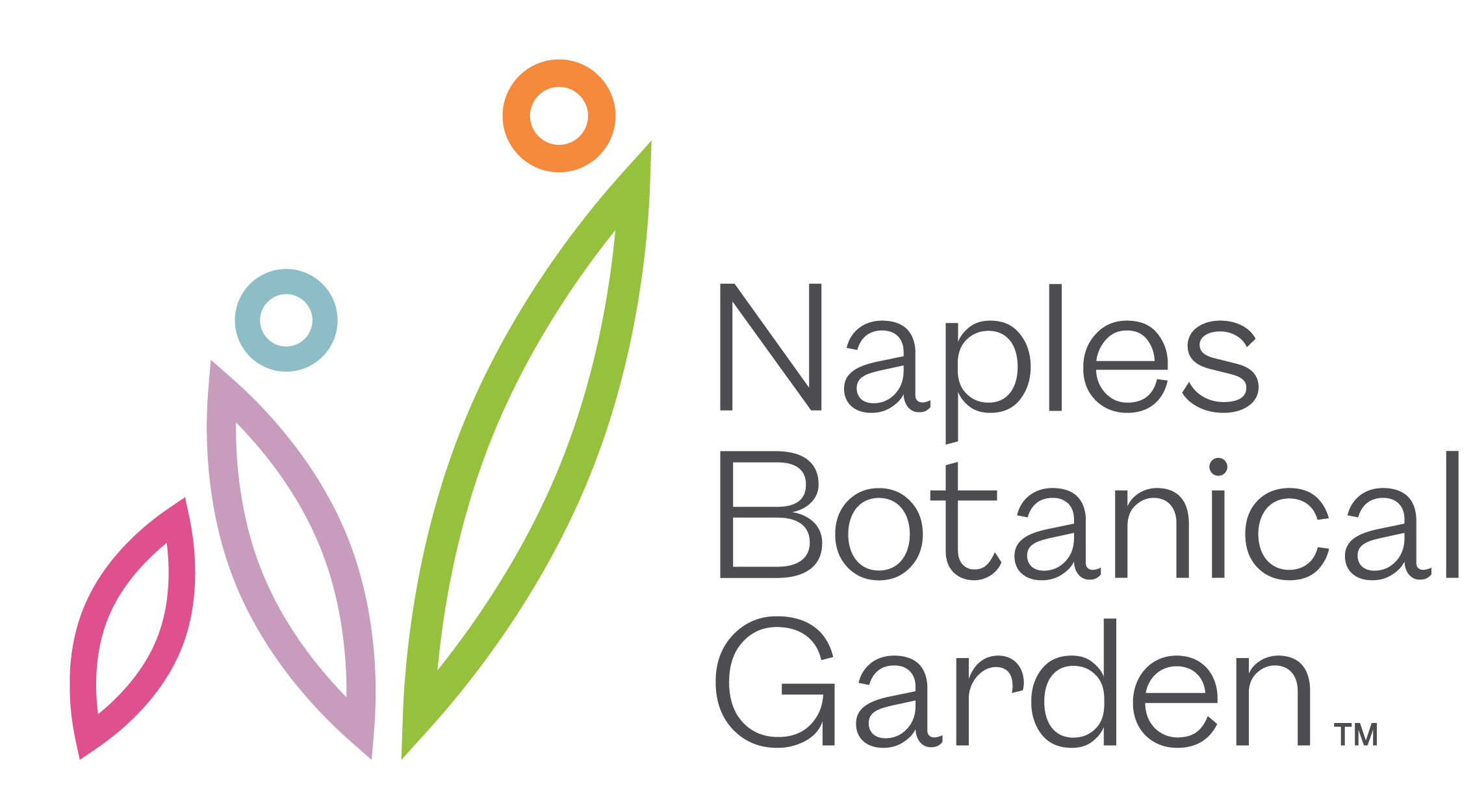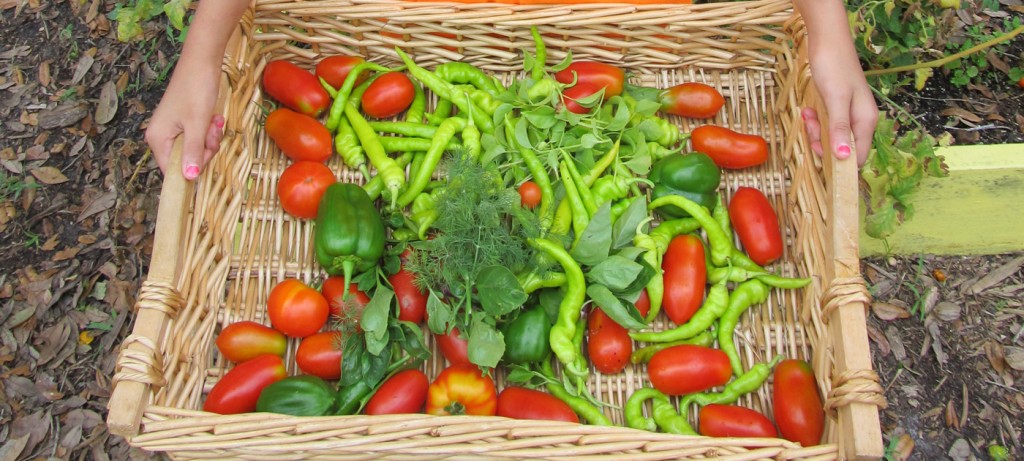Environmentally Responsible
In developing plans for the new gardens and facilities, the Board of Directors was unanimous in its support for creating a project that was environmentally responsible. To this end, we have adopted best practices in sustainable design in throughout the Gardens.
 Buildings
Buildings
The Chabraja Visitor Center has been awarded a LEED™ (Leadership in Energy and Environmental Design) Gold Certification. For a building to achieve LEED Certification, they must meet the standards for identifying and implementing practical and measurable green building design, construction, operations and maintenance solutions. With the help of award-winning architecture firm Lake|Flato of San Antonio, Texas, the Garden’s Visitor Center has been designed to meet these standards as well as fit beautifully into the site. The Visitor Center includes the highest level of sustainable innovation in construction materials and techniques. These innovations include rainwater collection tanks that allow us to store 7,000 gallons of rainwater for irrigation; orienting the buildings to maximize the impact of shade and cooling breezes and using Forestry Stewardship Council (FSC) certified wood and other sustainable products extensively throughout.
 Water
Water
Water is one of Florida’s most valuable resources. At times of the year it is in surplus, providing necessary habitat for fish and wildlife, at other times it is scarce, shrinking suitable habitat and stressing urban landscapes. Water availability issues are often compounded by water quality, especially nutrient run-off caused by fertilizers. The Garden is a leader in the wise use of this priceless resource through the use of best management practices to conserve water throughout the year and to reduce run-off of nutrient and other pollutants to our natural systems. Stormwater treatment is designed and incorporated into the overall garden plan as a feature of the landscape. The multi award-winning system incorporates bio-swales, raingardens, ponds, and the Smith River of Grass, a tribute to the Everglades. The entire stormwater system uses appropriate Florida native plants, creating both a ‘sense of place’ and habitat for our native wildlife. The Garden’s irrigation system features the newest in water saving features. A smart weather station records data to determine when gardens need irrigated and when rainfall is sufficient to keep plants healthy. The system also takes advantage of developments in efficient micro- and drip-irrigation and low-flow irrigation heads that reduce water losses to evaporation and run-off.
 Greenspaces
Greenspaces
During the next forty five years, nearly 2.7 million acres of native Florida habitat are likely to be converted to urban use, making Southwest Florida’s remaining green spaces all the more precious to future generations. The habitats not only serve as places for us to connect and commune with nature, they are essential to the survival of plants and wildlife. Naples Botanical Garden’s 170 acres of land have been saved from urban development forever, thanks to hundreds of visionary individuals who overcame countless obstacles to secure the site and dreamt of the possibilities for our community. Ninety acres of the pristine habitat will remain in permanent conservation easement for the enjoyment of future generations.
 Green Practices
Green Practices
The Garden is a leader in sustainable horticultural practices, ranging from water-saving irrigation techniques and fertilizing practices that reduce nutrient run-off to waterways, to integrated pest management to ensure healthy ecosystems. In addition to on-site practices, the Garden promotes sustainable landscaping throughout the community through the Project Greenscapes Landscaper Training Program. The Garden also hosts Greenscape Alliance meetings, a collaborative effort among local leaders to protect our natural resources through innovative strategies that promote sustainable landscaping practices.


